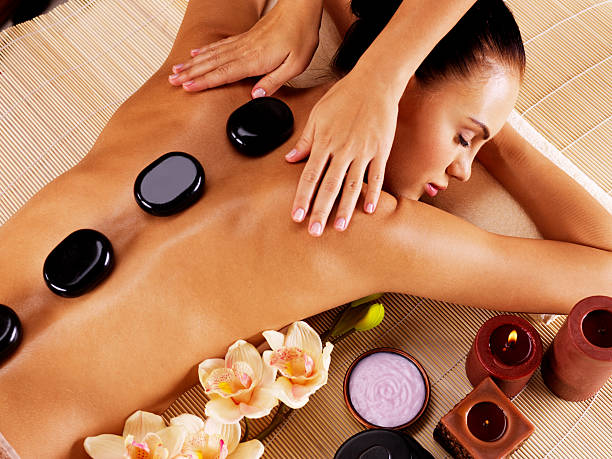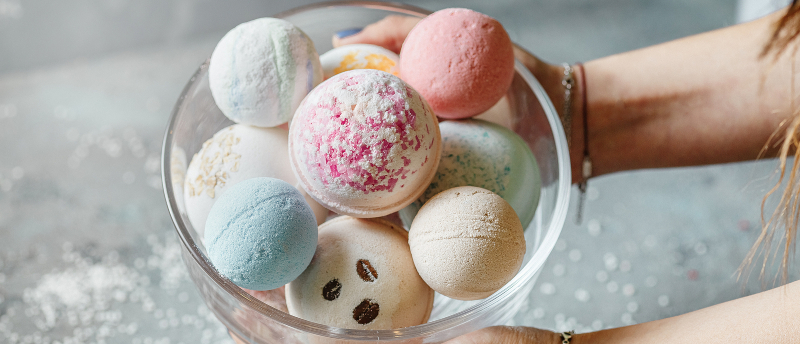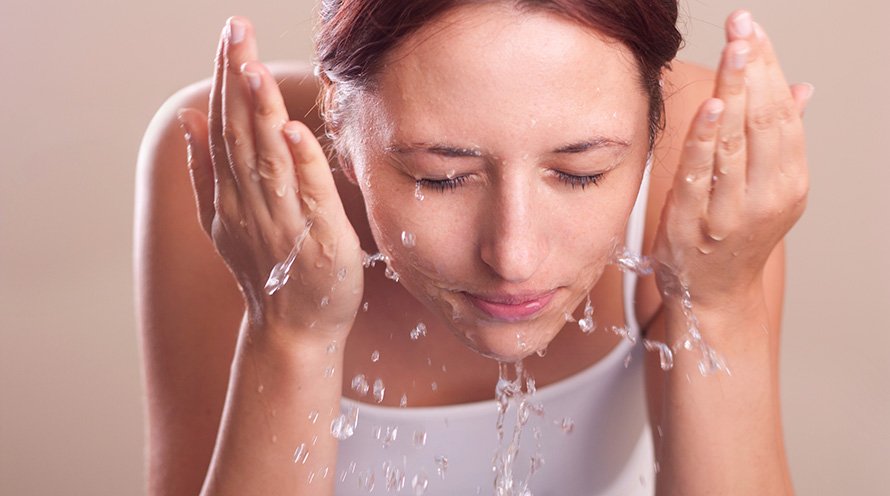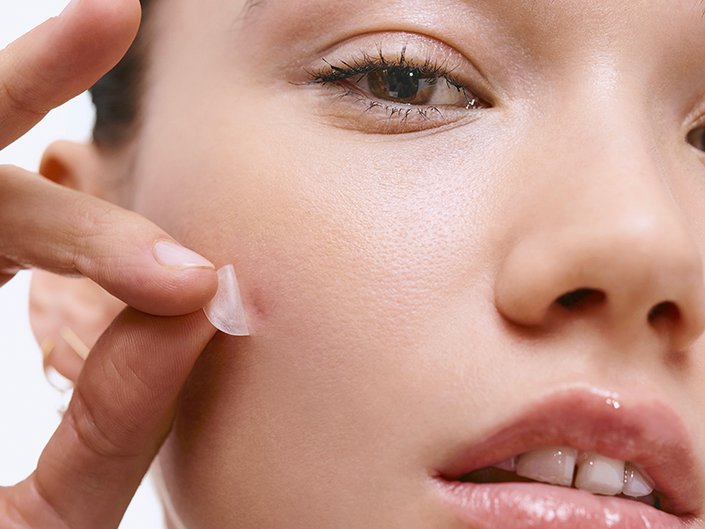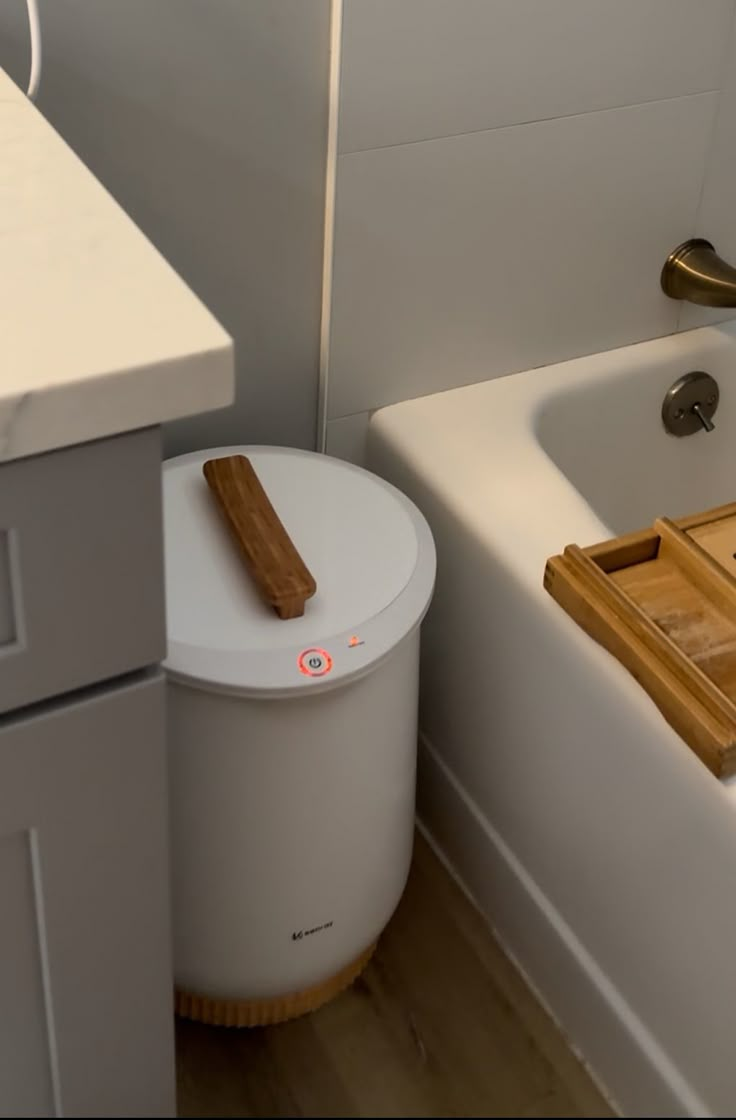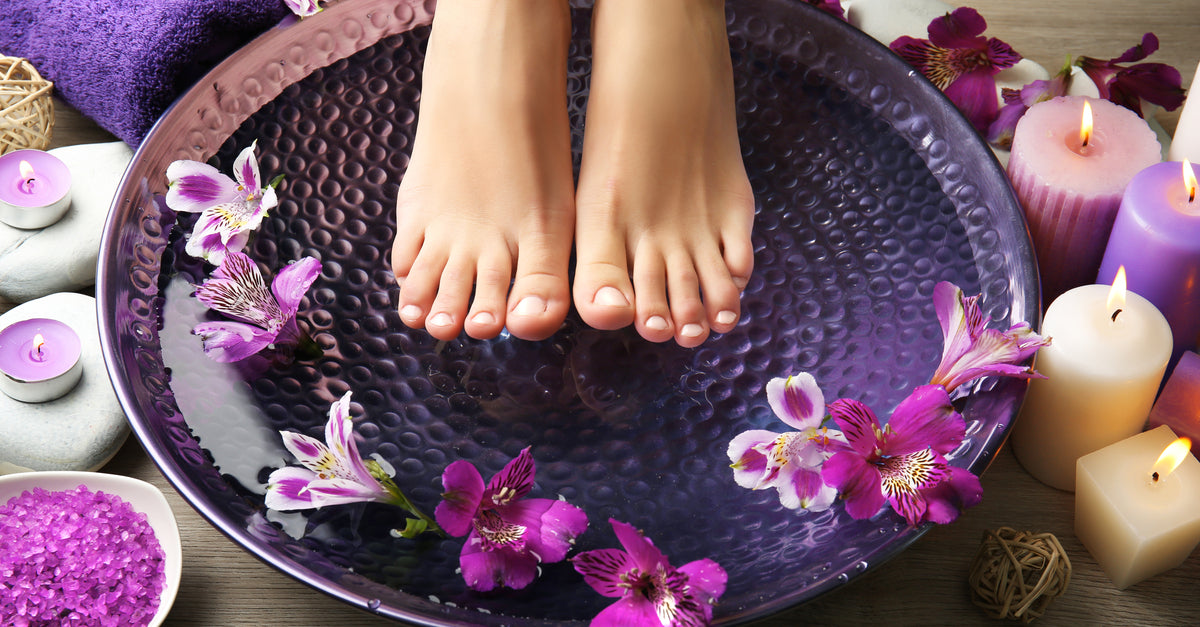Picture yourself in a tranquil spa, soothing music playing in the background, and the sensation of warm, smooth stones gliding along your body. This is the magic of a hot stone massage, a luxurious and therapeutic spa treatment that goes beyond relaxation.
In this post, we discuss hot stone massage benefits, uncover the physical and mental rewards it offers. Whether you’re a seasoned spa enthusiast or a curious newcomer, join us on a journey to discover how this ancient practice can melt away tension, promote well-being, and leave you feeling rejuvenated from head to toe.
What is Hot Stone Massage?
Hot stone massage is a type of massage therapy that involves the use of smooth, heated stones, typically basalt stones, which are placed on specific points on the body. The stones are used in combination with traditional massage techniques, such as kneading and rolling, to help release tension and promote relaxation. The heat from the stones can also help to increase blood flow, reduce inflammation, and soothe sore muscles.
Benefits of Hot Stone Massage
Reduces Muscle Pain and Tension
Hot stone massage can be especially effective for reducing muscle pain and tension. The heat from the stones helps to relax the muscles and increase blood flow to the affected area, which can help to reduce inflammation and speed up healing. This makes it an ideal treatment for people who suffer from chronic muscle pain or those recovering from an injury.
Improves Blood Circulation
The heat from the stones also helps to improve blood circulation throughout the body. This can be especially beneficial for people who have poor circulation, such as those with diabetes or peripheral artery disease. Improved circulation can also help to boost the immune system and promote overall health and well-being.
Promotes Mental Relaxation and Stress Relief
In addition to its physical benefits, hot stone massage can also be a great way to promote mental relaxation and stress relief. The warmth of the stones can help to calm the mind and reduce feelings of anxiety and tension. This makes it an ideal treatment for people who are looking to unwind and de-stress.
Helps with Insomnia
Hot stone massage can be a great way to improve sleep quality and reduce symptoms of insomnia. The relaxation and stress relief that it provides can help to calm the mind and promote restful sleep. Additionally, the improved circulation and reduced muscle tension can also help to alleviate any pain or discomfort that may be keeping you up at night.
Boosts Immunity
Finally, hot stone massage can also help to boost the immune system. By increasing blood flow and reducing inflammation, it can help to support the body’s natural healing processes and promote overall health and well-being.
How to Experience Hot Stone Massage
If you’re interested in experiencing the benefits of hot stone massage for yourself, here are some tips to get started:
- Look for a licensed massage therapist who specializes in hot stone massage. They will be able to provide you with a safe and effective treatment.
- Communicate your needs and preferences to your therapist before your session. This will help them to tailor the treatment to your specific needs.
- Wear comfortable, loose-fitting clothing to your massage session, as you will need to lie down on a massage table.
- Arrive early to your session so that you have time to fill out any necessary paperwork and prepare for your treatment.
- Try to relax and let go of any tension or stress that you may be feeling. This will help you to fully experience the benefits of the massage.
What happens during a hot stone massage?
The therapist will select smooth, flat stones of varying sizes and shapes, which have been heated to a specific temperature. These stones are often made of basalt, a type of volcanic rock that retains heat well. They may also be placed in a device called a stone heater, which keeps them at a consistent temperature.
Hot massage stones, as per guidelines from the University of New Hampshire Health Services, are heated to temperatures ranging between 130 and 145 degrees Fahrenheit.
During the massage, hot stones are placed on specific areas of your body, such as your back, along your spine, in the palms of your hands, or between your toes. The therapist then uses traditional massage techniques, such as kneading and rolling, in combination with the heat from the stones to help release tension and promote relaxation. Stones can also be used to apply gentle pressure and to perform long, flowing strokes.
You may experience a sense of deep relaxation and reduced muscle tension following the massage. Some people feel slightly lightheaded or “floaty” after a hot stone massage, so take your time getting up from the table.
A hot stone massage typically lasts around 60 to 90 minutes, providing ample time for you to fully enjoy the benefits of this therapeutic and relaxing experience.
FAQs
- Is hot stone massage safe? Yes, hot stone massage is generally considered to be safe when performed by a licensed massage therapist. However, it may not be appropriate for everyone, such as those who have certain medical conditions. It’s always a good idea to consult with your healthcare provider before trying any new form of treatment.
- Are there any side effects of hot stone massage? Some people may experience mild side effects after a hot stone massage, such as redness or bruising at the site of the stones. However, these side effects are typically short-lived and go away on their own.
- How often should I get a hot stone massage? The frequency of hot stone massage will depend on your individual needs and preferences. Some people may benefit from weekly sessions, while others may only need a few treatments per year.
- Can I perform a hot stone massage at home? It’s not recommended to perform a hot stone massage at home, as it can be difficult to safely heat the stones and apply the appropriate pressure and techniques. It’s best to leave a hot stone massage to a licensed professional who has the proper training and equipment.
Final Takeaway
Hot stone massage is a popular therapy that offers numerous benefits for both physical and mental wellness. From reducing muscle pain and tension to promoting relaxation and stress relief, this technique can help improve your overall health and well-being. If you’re interested in trying hot stone massage, be sure to seek out a licensed massage therapist who specializes in this treatment. With their guidance and expertise, you can experience all of the benefits that hot stone massage has to offer.

